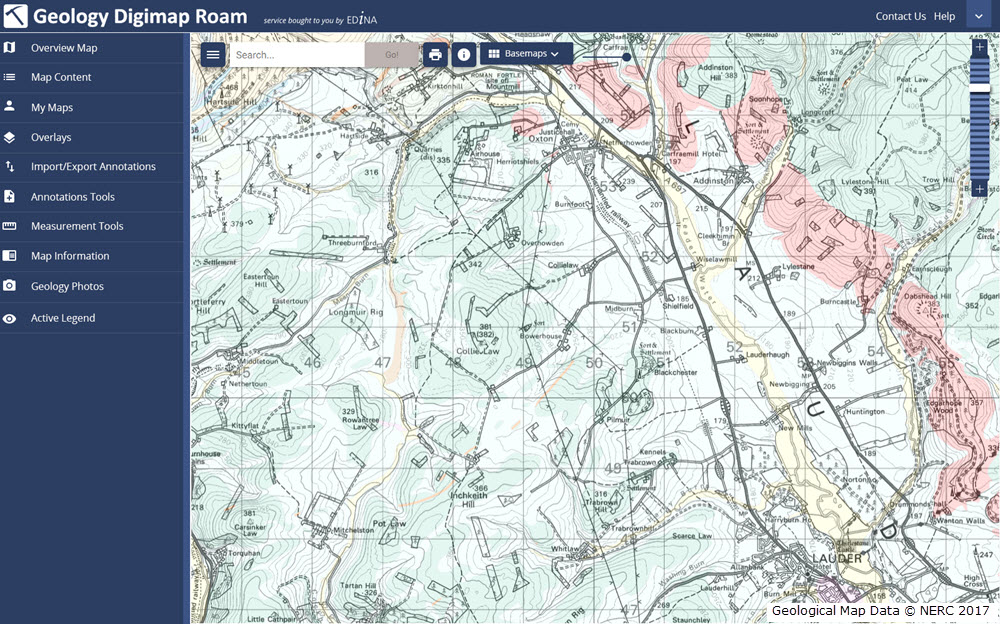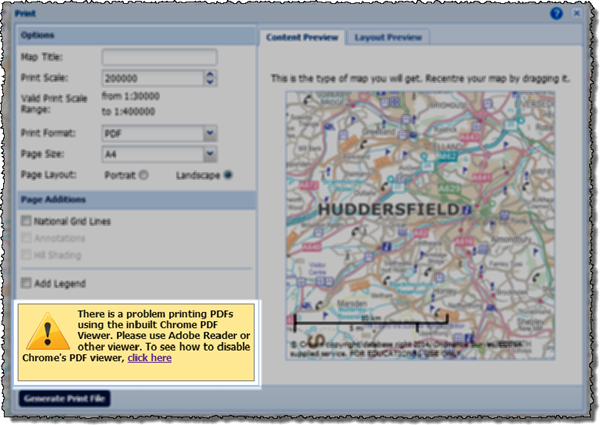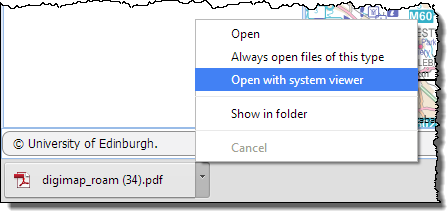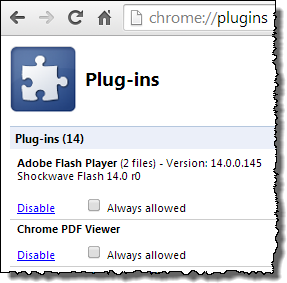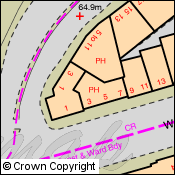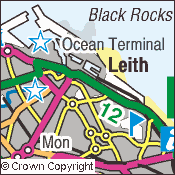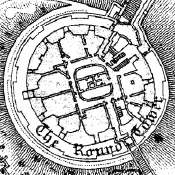On 30th November 2017, we released Beta versions of our new Roam mapping application for all Digimap Collections. Log in to Digimap and click on each Collection to find the link to each new Roam:
The functionality of the new application remains the same, but we hope you agree that the updated look is easier to use.
Most importantly, BOTH versions of Roam (new and old) will run in parallel for an extended period of time to give users the opportunity to get used to the new interface. We will review this at the beginning of March 2018 with a view to establishing a date for withdrawal of the old application.

Known Issues
All applications have undergone thorough testing, but there are still a few issues that we working on, for example some elements can be slow using Internet Explorer. If you spot anything that is not behaving correctly, please report this to us.
We encourage you to try the new beta versions and we welcome any feedback you have.
- Email: edina@ed.ac.uk


